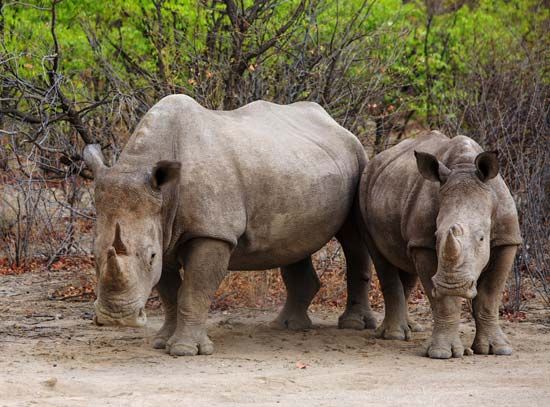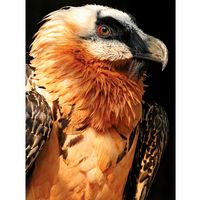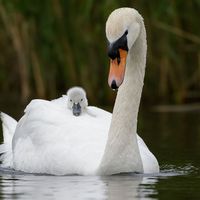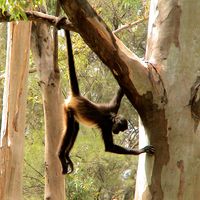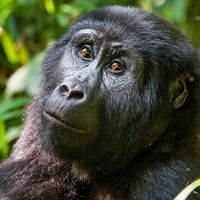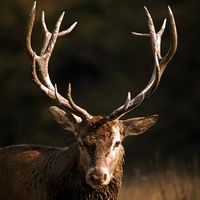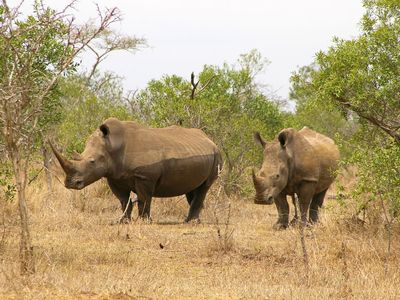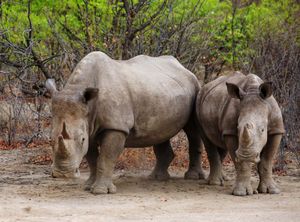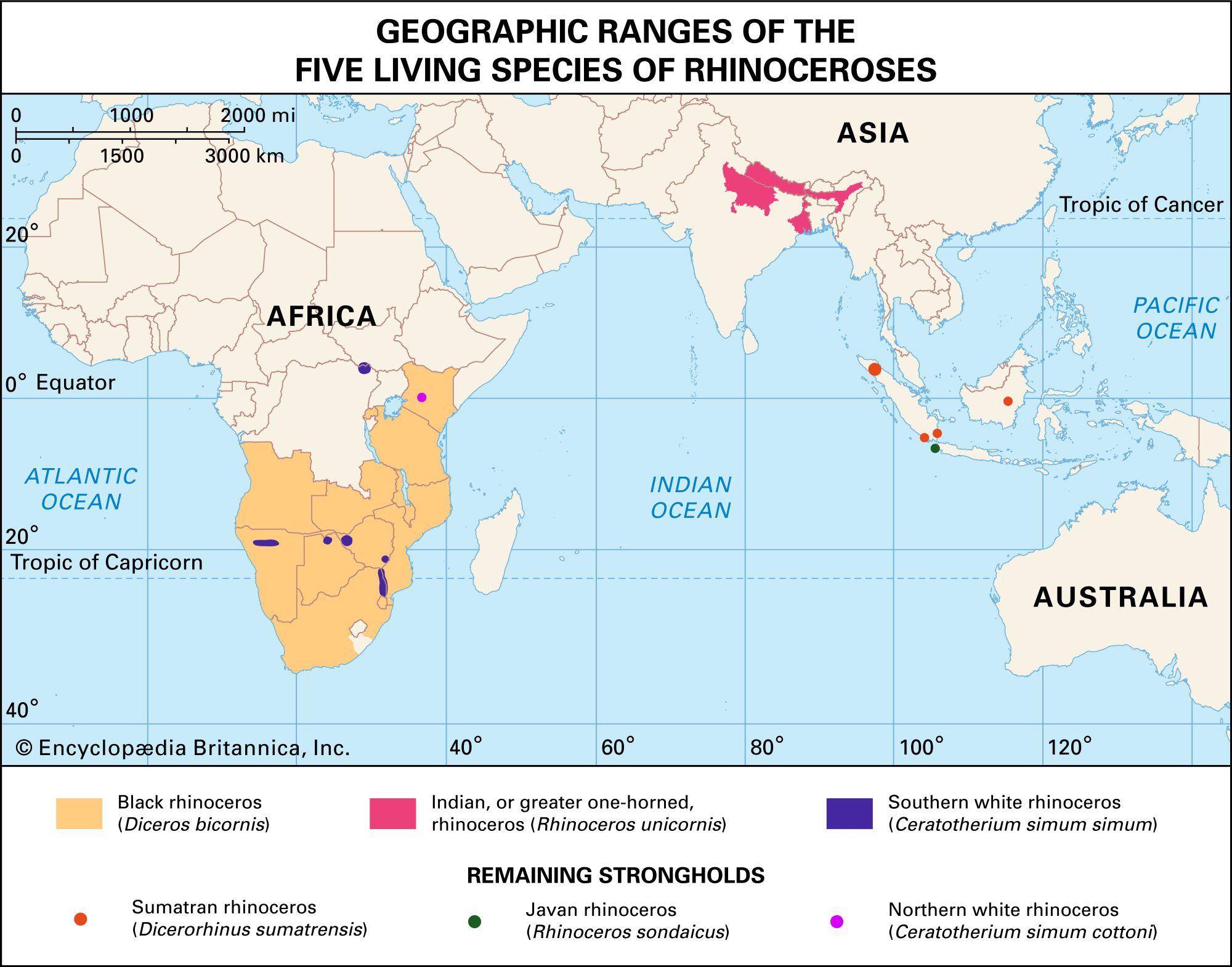southern white rhinoceros
Our editors will review what you’ve submitted and determine whether to revise the article.
Recent News
southern white rhinoceros, (Ceratotherium simum simum), subspecies of the white rhinoceros (Ceratotherium simum). The largest rhinoceros group in terms of population, the southern white rhinoceros is found almost exclusively in southern Africa from Angola and Namibia eastward through Botswana, Zimbabwe, South Africa, Eswatini, and Mozambique, with smaller populations made up of introduced animals in Kenya and southern Zambia. Southern white rhinoceroses also reside in zoos and private nature reserves worldwide.
Most researchers divide white rhinoceroses into two subspecies—the northern white rhinoceros (Ceratotherium simum cottoni) and the southern white rhinoceros (C. simum simum)—although some report that comparative anatomy and DNA analysis suggest that the two groups may be different species. At the species level, the white rhinoceros is the only rhinoceros in which males are noticeably larger than females. A grazing species with a broad, square muzzle, it prefers short grasses 7–10 cm (3–4 inches) high for grazing, and it rests under shade trees. It tends to be paler than other rhinoceroses. It lives in groups of up to 10 individuals and fights with its horns.
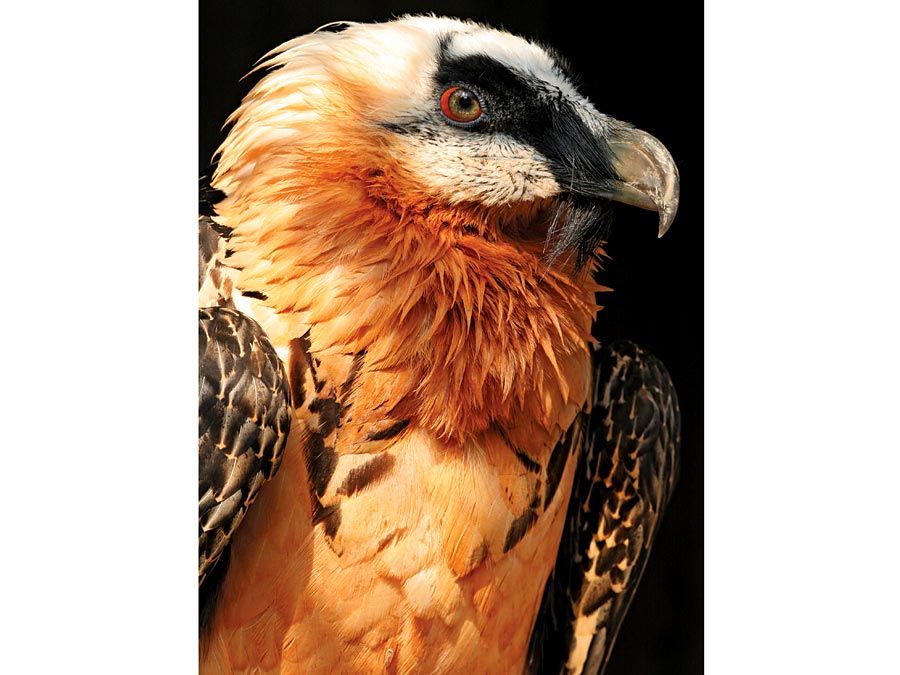
Southern white rhinoceroses are heavier and larger than northern white rhinoceroses and tend to have shorter limbs and a longer palate, and the top of the skull is more concave than in their northern counterparts. Although the largest males of both subspecies ranged between 3.7 and 4 metres (about 12 and 13 feet) in length and stood nearly 2 metres (7 feet) tall, male northern white rhinoceroses tended to be shorter in length than male southern white rhinoceroses. (The last living male northern white rhinoceros died in 2018.) Male southern white rhinoceroses can weigh as much as 2,000–2,400 kg (4,400–5,300 pounds), whereas male northern white rhinoceroses weighed up to 1,600 kg (3,500 pounds).
Male and female southern white rhinoceroses become sexually mature at different times. Females reach this point between ages 4 and 5, but males do not mate until after age 10. After a successful mating takes place, a single calf is produced some 16 months later. Although southern white rhinoceroses may breed throughout the year, females give birth to one calf roughly every 3–4 years. Southern white rhinoceroses may live as long as 50 years in the wild and up to 55 years in captivity.
The range of the southern white rhinoceros is not contiguous. South of the Zambezi River the animal was once extremely common over a fairly large area of bushveld. The population in southern Africa was reduced to fewer than 100 individuals about 1900, but in the 2020s its numbers approached 20,000, one of the most remarkable success stories in African conservation. The International Union for Conservation of Nature and Natural Resources classifies the white rhinoceros as a near-threatened species based overwhelmingly on the population success of the southern white rhinoceros; the northern white rhinoceros subspecies, however, is made up of only two females, and is considered critically endangered.


